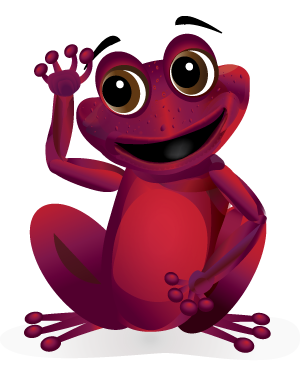 AD
AD
Today is: November 05
Scroll to explore events active on this date.
Additional Events on LEEP
LEEP INK FEATURES

August? Absolutely!
In August, we live through the Dog Days of Summer. It's hot and often humid, and those who can leave for better climates do. Down south, winter is in full force. August is also known as "the ...

In The Heat of July: July 2025 Events
Is it hot enough (or cold enough if you're below the equator) for you yet? There is actually a day for that! Like every month, I pick a diverse collection of events you may or may not know about. This ...

May Blooms: Events in May 2025
Along with October, May is one of the most densely packed months of the year. It's before the summer humidity and the last whole month of the school year. The weather is warming in t...
About 2023, Year of Rudbeckia
Retail , Health
United States
Ends: Dec 31, 2023
DESCRIPTION:
2023 is the Year of Rudbeckia.
Rudbeckia, commonly known as black-eyed Susan or coneflower, is a flowering plant native to North America, primarily found in the United States and parts of Canada. It belongs to the Asteraceae family and has a history that intertwines with various aspects of culture, botany, and ecology.
The genus Rudbeckia was named in honor of the Swedish father and son botanists Olof Rudbeck the Elder and Olof Rudbeck the Younger by the famous Swedish botanist Carl Linnaeus. The name is a tribute to their contributions to botany, particularly in the 17th century.
Rudbeckia's bright yellow petals and dark, prominent center stand out in rustic American landscapes.
Native American tribes have known the plant for centuries and utilized it for medicinal purposes, such as treating colds and wounds.
With the colonization of North America, Rudbeckia caught the attention of European settlers and explorers. Its unique appearance made it a popular choice for export to European gardens, where it became a fashionable ornamental plant in the 18th century.
The plant's natural habitat in the United States is predominantly the prairies, fields, and open woods, where it plays a vital ecological role. As a part of native wildflower meadows, Rudbeckia attracts pollinators like bees and butterflies, supporting local ecosystems.
Rudbeckia's charm is not confined to wild landscapes; gardeners and landscape designers have also embraced it. Its resilience, minimal care requirements, and vibrant color have made it a favorite in gardens across different climate zones. The flowers bloom from late summer into fall, providing a prolonged splash of color when many other plants are past their prime.
Over time, horticulturists have developed various cultivars of Rudbeckia, expanding its range of colors, shapes, and sizes to broaden its appeal further, enabling gardeners to choose from a wider variety for different aesthetic and functional purposes.
In literature and art,
Rudbeckia has often been symbolized as an emblem of encouragement and motivation, reflecting its bright, sun-like appearance. Its presence in cultural expressions adds another dimension to its historical significance.
The history of Rudbeckia mirrors botanical exploration, cultural exchange, and an evolving understanding of ecology. From its native roots in North America to its spread across European gardens and its ongoing significance in modern horticulture and ecology, Rudbeckia's story is one of enduring appeal and adaptability. Its bright, cheerful blossoms continue to grace wild landscapes and cultivated gardens, maintaining its status as a beloved flower across generations.
VIDEOS
Currently, this event does not have supporting videos.
SUPPORTING DOCUMENTS
Currently, this event does not have supporting documents.
ADDITIONAL IMAGES
Currently, this event does not have supporting images.
Where would you like to go now?
 AD
AD


/footer-logo.svg)
